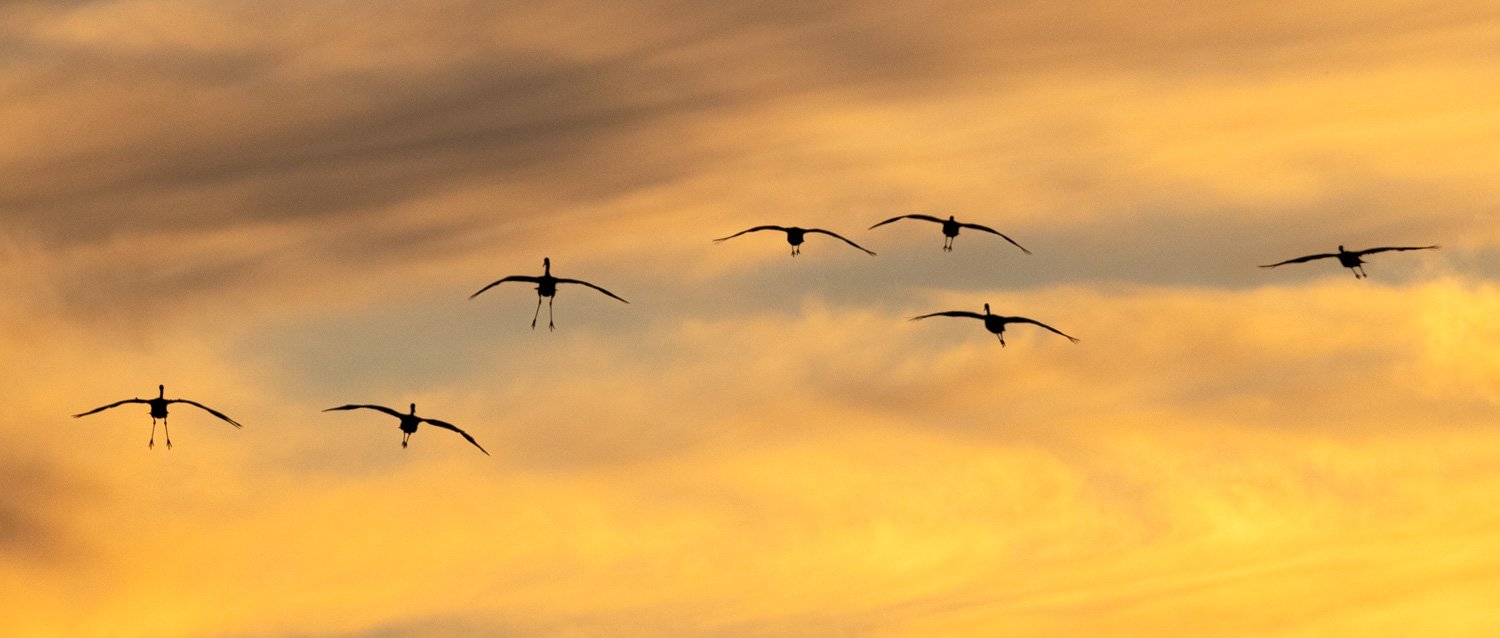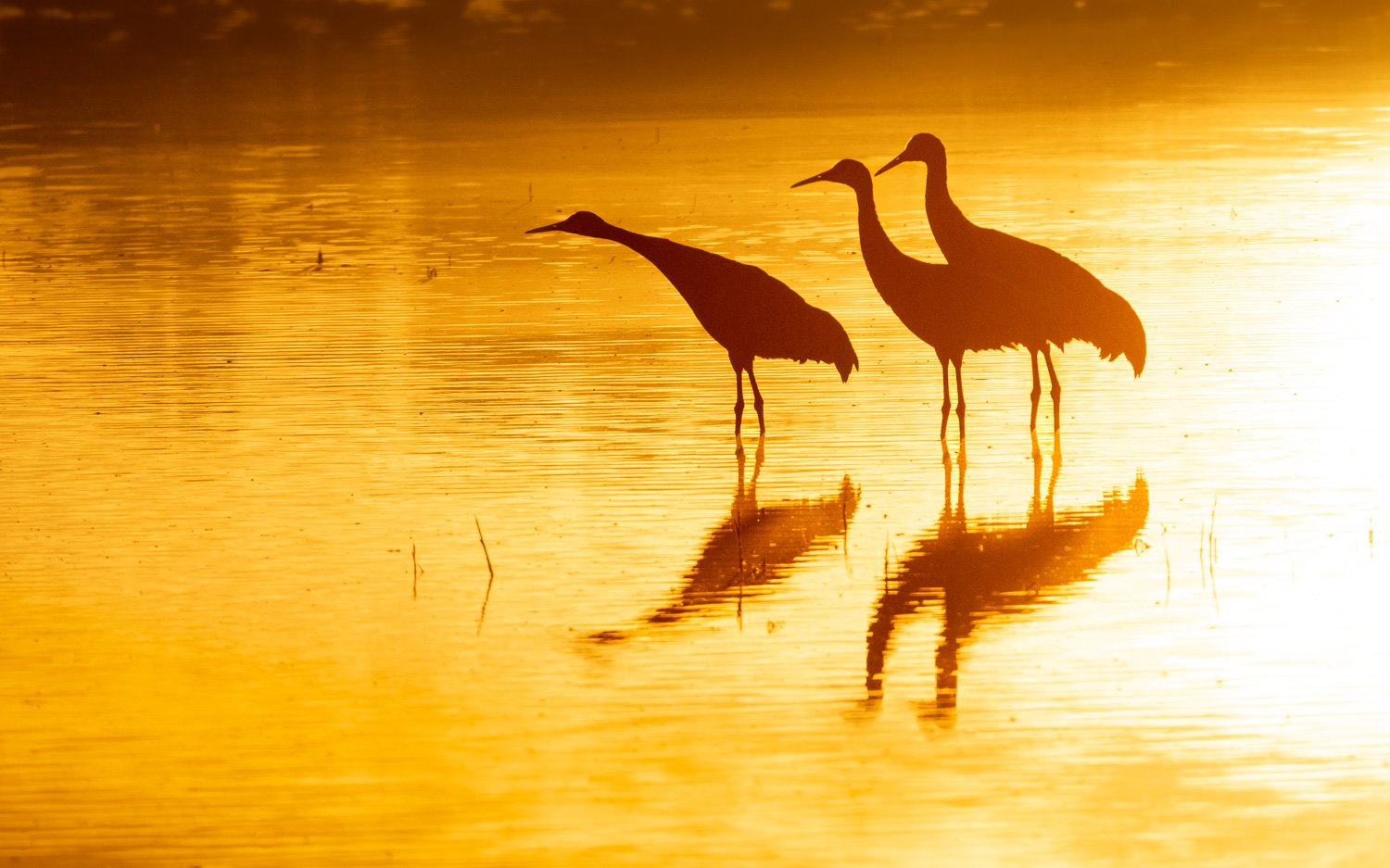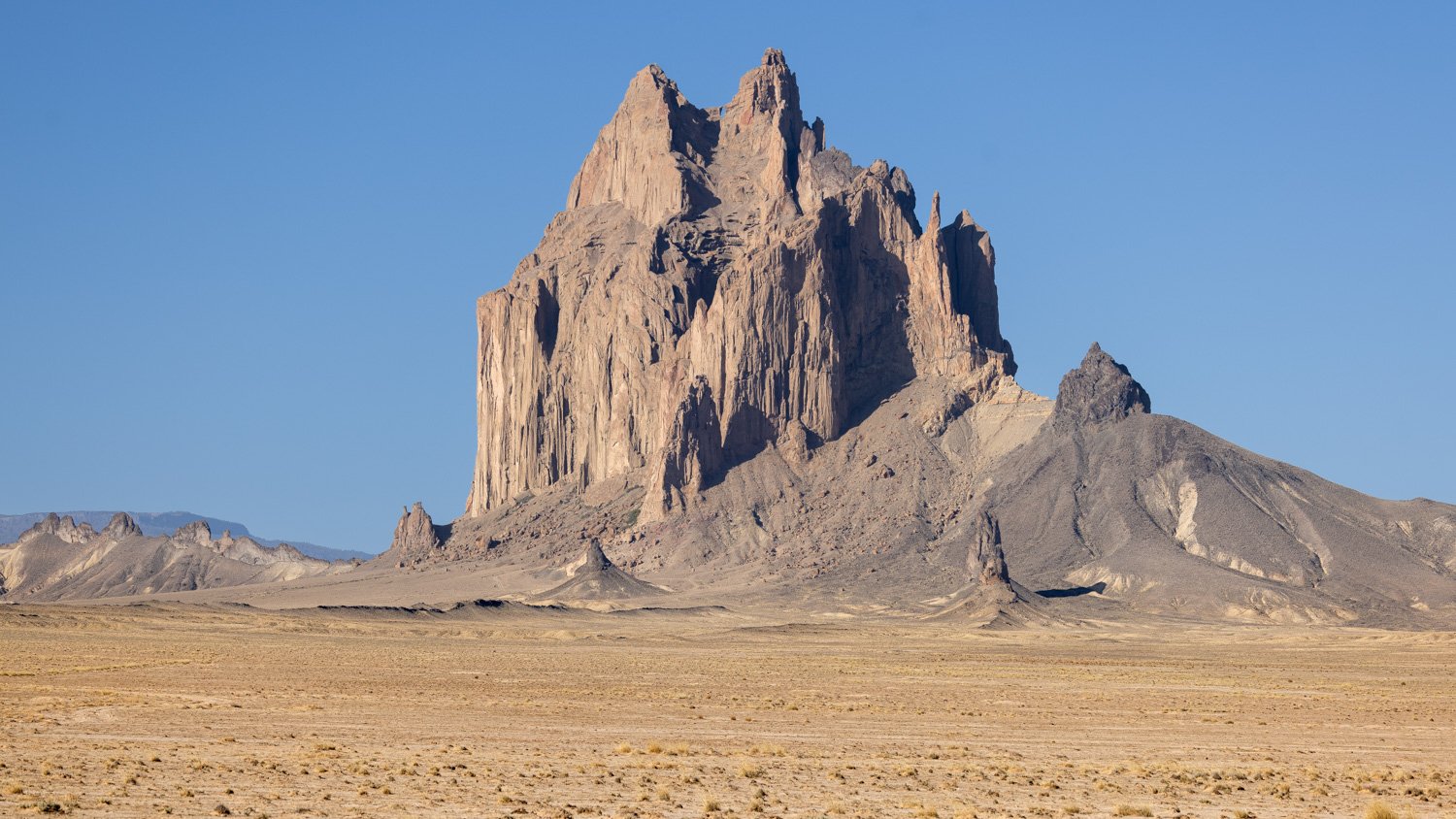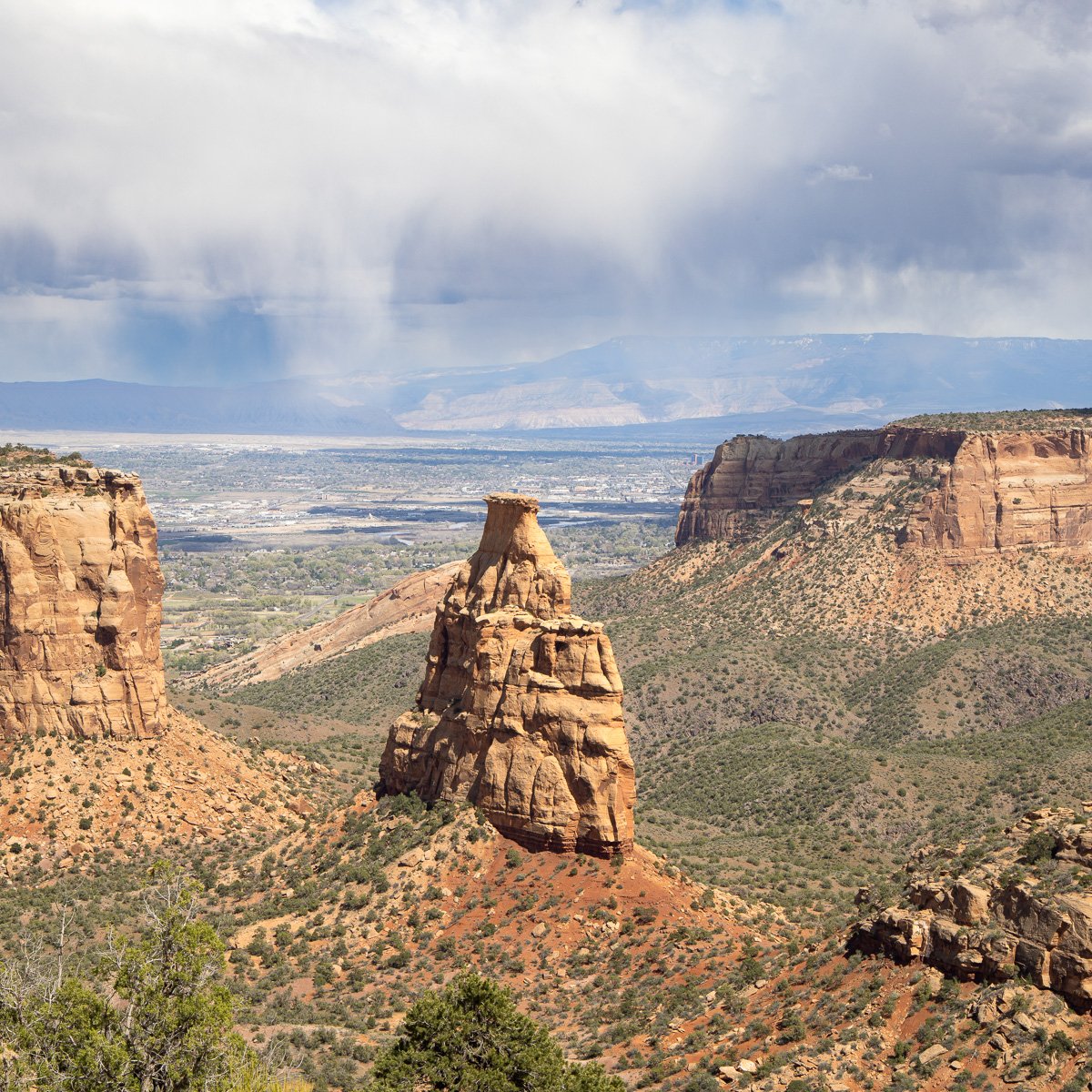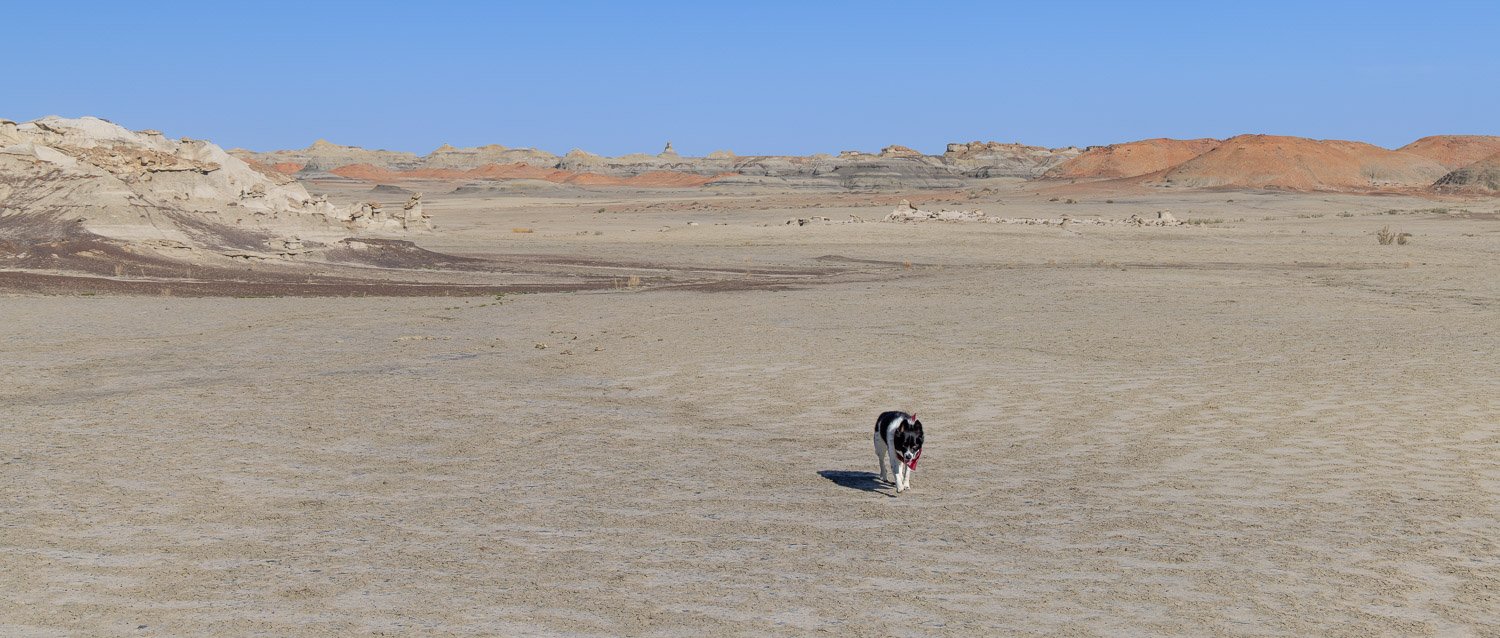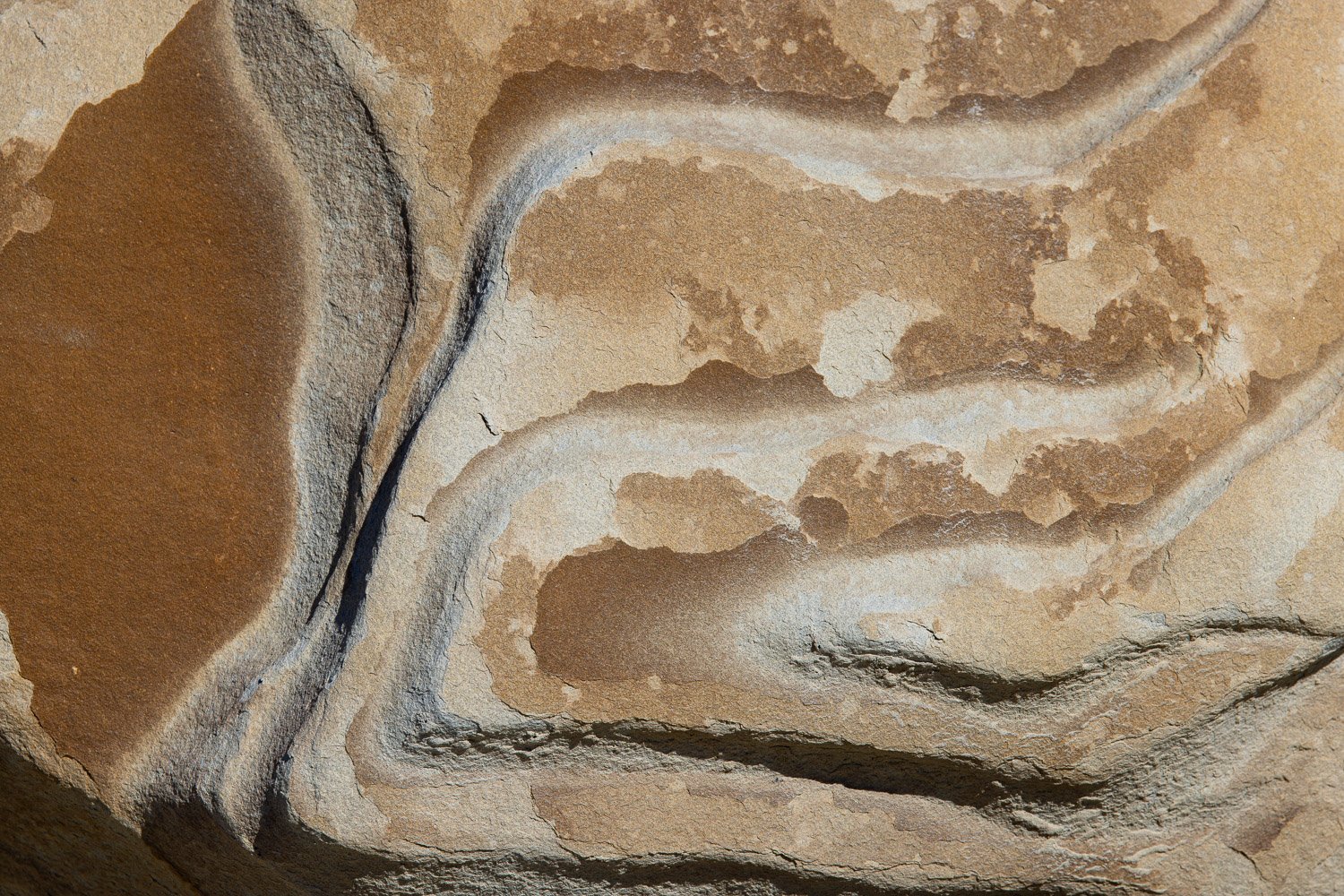Last week we travelled to St. Louis: a revisit to a favorite city. And the trip included meeting my friend who introduced me to St. Louis when we were in college. She mentioned that each semester she still teaches The Love Song of J. Alfred Prufrock. I studied that poem by St. Louis-born T. S. Eliot while in college, and so now needed to go back and revisit the poem.
Evening, Bosque del Apache National Wildlife Refuge, New Mexico
Let us go then, you and I,
When the evening is spread out against the sky
Like a patient etherised upon a table:
T. S. Eliot, The Love Song of J. Alfred Profrock 1917
That’s how this weird, wonderful poem begins. My anthology perfectly describes that opening:
“With the third line of ‘The Love Song of J. Alfred Prufrock,’ the romantic mood set by the opening couplet collapses, and modern poetry begins.” The Oxford Book of American Poetry.
Snow Geese, Bosque del Apache
Do I dare
Disturb the universe?
In a minute there is time
For decisions and revisions which a minute will reverse.
T. S. Eliot, The Love Song of J. Alfred Profrock 1917
The images are from a favorite place I revisited last November: Bosque del Apache National Wildlife Refuge in southwest New Mexico. Thousands of Sandhill Cranes and Snow Geese revisit and gather there along the Rio Grande for much of the winter.
Sandhill Crane sunset, Bosque del Apache
Eliot wrote Prufrock during World War I. He moved to England and wrote Little Gidding in 1942 during the terror and uncertainty of the next World War.
What we call the beginning is often the end
And to make an end is to make a beginning.
The end is where we start from.
Bald Eagle, Bosque del Apache, New Mexico
We shall not cease from exploration
And the end of all our exploring
Will be to arrive where we started
And know the place for the first time.
Through the unknown, remembered gate
When the last of earth left to discover
Is that which was the beginning;
T. S. Eliot, Little Gidding 1942
Sandhill Crane family, Bosque del Apache sunrise


